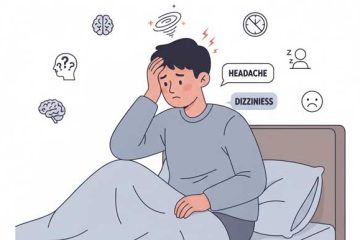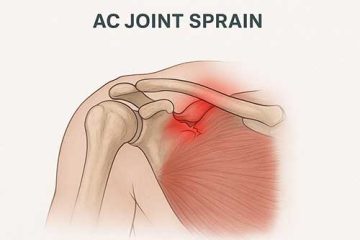This week we are providing a quick review of the rotator cuff. This review is presented in the shoulder rehab continuing education course Biomechanics of the Shoulder. The rotator cuff is an essential part of shoulder function because it acts as a compressor of the humeral head to stabilize the shoulder in movement, and it is dependent on length tension related to the scapular position.
“Dysfunction in the kinetic chain caused by poor scapula stabilization can contribute to shoulder injuries and Shoulder Impingement Syndrome”
NIH Article
Shoulder Muscle Anatomy
What is the Rotator Cuff?
What is the rotator cuff? Well, our patients know what it is. They come in and say, “It’s my rotor cup.” As previously stated, the rotator cuff is an essential part of shoulder function. We know that this is how they understand it, but that’s not exactly what it is. The rotator cuff is a co-joined tendinous hood with neuromuscular and viscoelastic properties. It is subject to a change of position or shape relative to the speed of motion. So the speed of movement is a very important concept of the rotator cuff.
The rotator cuff is not the four muscles but is the attachment of the four muscles into the conjoined tendon. When we talk about a rotator cuff complex, we are referring to the SITS muscles, which include the supraspinatus, which is the weakest by far, the infraspinatus, teres minor that functions together with the supraspinatus in most instances, and then the strongest muscle which is sort of an odd fellow, called the subscapularis, because it’s an internal rotator versus the more posterior aspects of the rotator cuff.
What is the Role of the Subscapularis
How can the subscapularis function in synergy or in concert with the other more posterior externally rotating elements? The subscapularis functions eccentrically in most instances, making the motion smooth and creating a buffering effect, much like a transmission in a car. This is something that we rely on: the subscapularis will have good flexibility in allowing us to move normally and with the right timing and speed.
The Supraspinatus is the Smallest and Weakest Tendon
In terms of the rotator cuff, the supraspinatus is by far the smallest and the weakest tendon of the four that make up the rotator cuff complex. Consequently, this muscle is torn or partially torn in the highest percentage of cases. Generally, the literature claims that around ninety percent of rotator cuff tears involve the supraspinatus. How can it be functional in the high-level activities we normally do? First, the rotator cuff, or the supraspinatus specifically, is well designed to resist or promote tension, but it’s poorly designed to permit and tolerate friction and abrasion. And that relates to the important biomechanical concept of impingements.
Want to Learn More about the Rotator Cuff and Shoulder Rehab?

Access the entire Shoulder series with the Healthclick Annual Subscription. Some courses in the shoulder series include:
Injury Prevention and Optimal Mechanics of the Throwing Shoulder
Foundation Exercises for the treatment of the shoulder
Clinical Examination and Treatment of the Cervical and Upper Thoracic Spine
Critical Analysis and Treatment for the Complex Shoulder
References
Jo, Youbin MD; Kim, Won-Joong MD, PhD, FIPP, CIPS∗; Lee, Heeseung MD, PhD. Healing of partial tear of the supraspinatus tendon after atelocollagen injection confirmed by MRI: A case report. Medicine: December 4, 2020 – Volume 99 – Issue 49 – p e23498 doi: 10.1097/MD.0000000000023498
Spargoli G. SUPRASPINATUS TENDON PATHOMECHANICS: A CURRENT CONCEPTS REVIEW. Int J Sports Phys Ther. 2018 Dec;13(6):1083-1094. PMID: 30534473; PMCID: PMC6253746.


